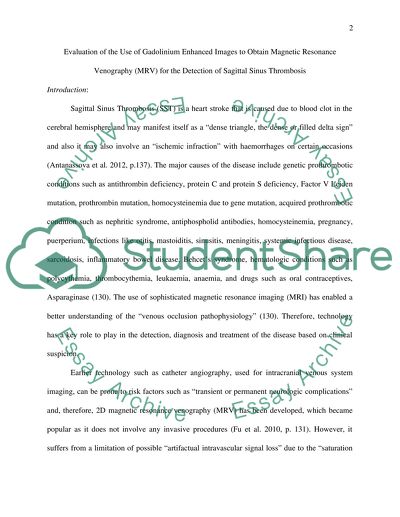Cite this document
(“Sagittal sinus thrombosis Dissertation Example | Topics and Well Written Essays - 7000 words”, n.d.)
Sagittal sinus thrombosis Dissertation Example | Topics and Well Written Essays - 7000 words. Retrieved from https://studentshare.org/health-sciences-medicine/1478553-sagittal-sinus-thrombosis
Sagittal sinus thrombosis Dissertation Example | Topics and Well Written Essays - 7000 words. Retrieved from https://studentshare.org/health-sciences-medicine/1478553-sagittal-sinus-thrombosis
(Sagittal Sinus Thrombosis Dissertation Example | Topics and Well Written Essays - 7000 Words)
Sagittal Sinus Thrombosis Dissertation Example | Topics and Well Written Essays - 7000 Words. https://studentshare.org/health-sciences-medicine/1478553-sagittal-sinus-thrombosis.
Sagittal Sinus Thrombosis Dissertation Example | Topics and Well Written Essays - 7000 Words. https://studentshare.org/health-sciences-medicine/1478553-sagittal-sinus-thrombosis.
“Sagittal Sinus Thrombosis Dissertation Example | Topics and Well Written Essays - 7000 Words”, n.d. https://studentshare.org/health-sciences-medicine/1478553-sagittal-sinus-thrombosis.


